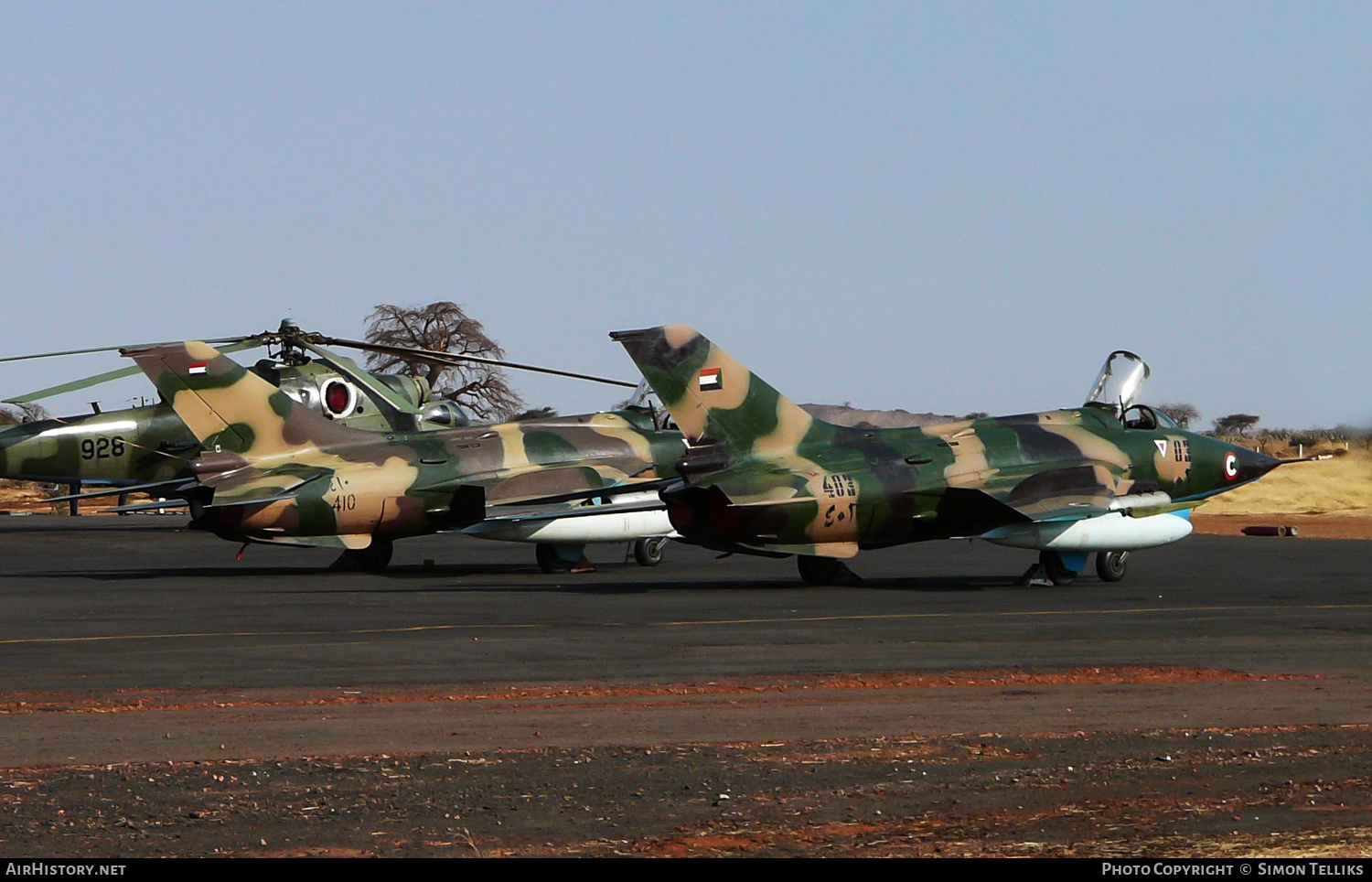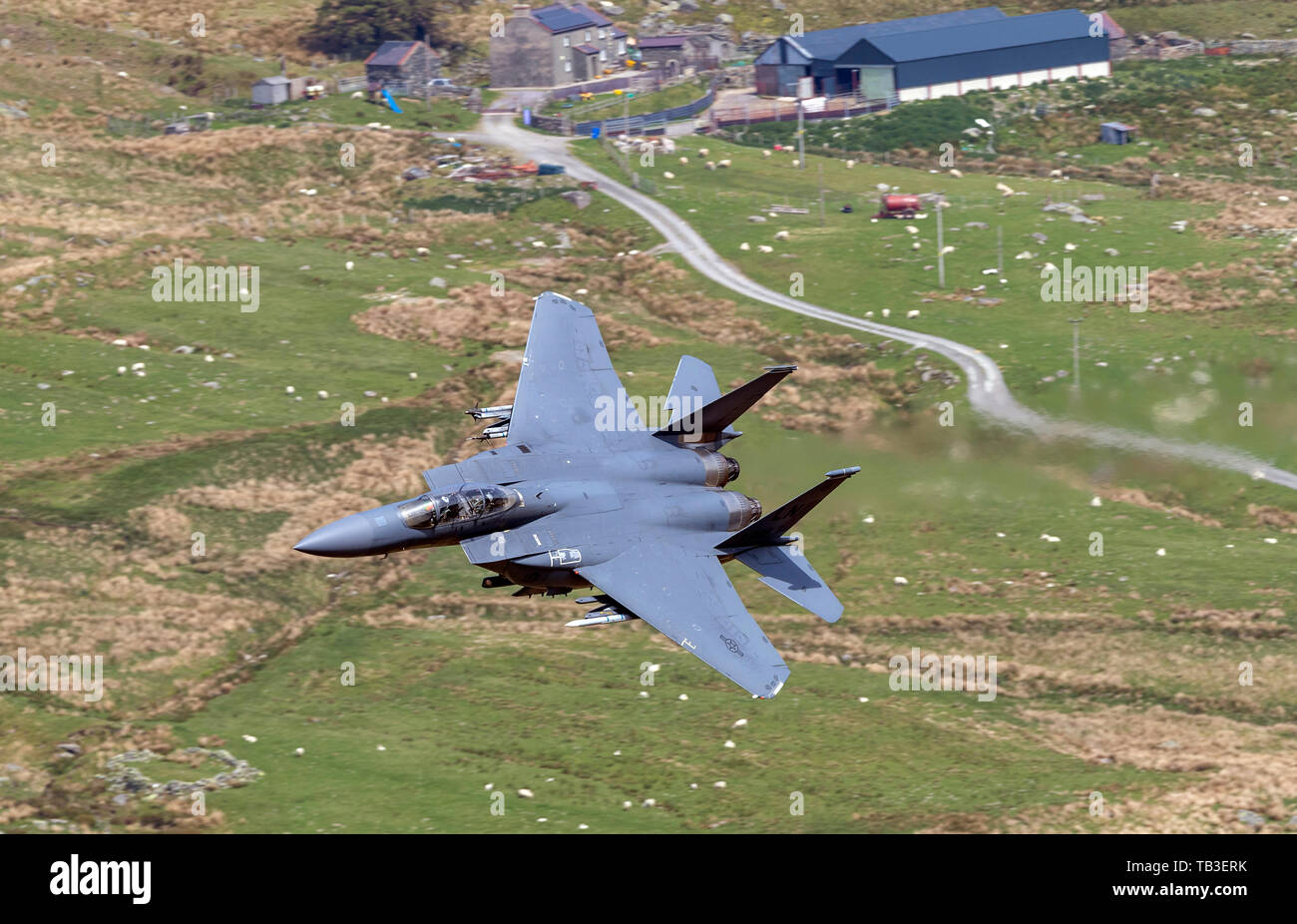A5 Fighter Jet - This article requires additional citation for verification Help improve this article by adding citations to reliable sources Unauthorized material may be challenged and removed Find Source: "North American A-5 Surveillance" - News · Newspaper · Book · Scholar · JSTOR (November 2013) (Read how and to whom to remove this template message)
The North American A-5 Vigilante was an American carrier-based supersonic bomber designed and built by North American Aviation (NAA) for the United States Navy. Before the unification of the Navy and Air Force designations in 1962, it was designated the A3J Vigilante.
A5 Fighter Jet
Development of the A-5 began in 1954 as a private venture by the NAA, which sought to produce a capable long-range supersonic bomber as a successor to the North American XA2J Super Savage. It was a large and complex aircraft that incorporated many innovative features, such as being the first bomber with a digital computer, while carrying a nuclear strike payload, while being relatively ambitious for the era, with the ability to reach speeds of up to Mach 2.
Pakistan Air Force Nanchang A 5c Fantan
The US Navy, seeing the value of such a blaster, awarded the company a contract on 29 August 1956 for its full development and production. The type made its first flight two years later, on August 31, 1958.
The Vigilance was introduced by the US Navy in June 1961; It succeeded the Douglas A-Sky Skywarrior as the Navy's primary nuclear attack aircraft, but its service in this capacity was relatively short due to the decline of manned bombers in the US nuclear strategy. The tactical strike reconnaissance variant of the RA-5C, which saw extensive service during the Vietnam War, was also purchased by many more services. It set several world records in both the long-range speed and altitude categories.In the mid-1960s, the type began to be withdrawn after a relatively short life, largely because the aircraft had become operationally complex and suffered from post-Vietnam military cutbacks.
The 1940s and early 1950s were marked by rapid advances in aviation.
Aircraft manufacturer North American Airlines (NAA) was one of a number of companies that attempted to use this exact invention to develop a new generation of aircraft. In early 1954, the company began a private study of a conceptual carrier-based, long-range, all-weather bomber capable of supersonic speeds while carrying a large payload.
Kathryn's Report: Retired Air Force Fighter Jet Heads To New Waukegan Veterans Memorial
The aircraft was designated as the successor to the failed North American XA2J Super Sanzer Much of this early work was done by NAA's properly acquired Columbus Division, under the supervision of Frank G. Compton, Chief of Preliminary Design.
By the mid-1950s, the concept of a nuclear-armed aircraft with speeds up to Mach 2 was considered too ambitious, and that such an aircraft could be operational under the unnecessary constraints imposed by pilot operations.
In terms of its basic structure, the concept aircraft had the same double-zine and high-mounted wings as the XA2J, but was significantly different by adopting jet propulsion. According to aviation writers Bill Gunston and Peter Gilchrist, the NAA's design incorporated many advanced technical features, including being the first supersonic bomber designed with a narrow forward fuselage and the first with fully variable wedge-type side air intakes. .

The company's early design studies typically focused on a dual vertical fin/rudder arrangement, but as the design specification progressed this was replaced by a larger vertical fin.
China Seeking To Offload Surplus Military Aircraft
The proposal, called the North American General Purpose Attack Weapon (NAGPAW) concept, was immediately evaluated by the US Navy.
The service created a number of challenging requirements, including the somewhat conflicting demands of Mach 2's high speed and the ability to fly from an aircraft carrier at maximum speed without a headwind, also known as wind-over-deck, to aid liftoff. Compton's team was able to integrate these performance requirements into the design
In July 1955, NAA was awarded an initial design contract that included the manufacture of a mockup In September 1956, the company was awarded a follow-up contract to manufacture a flyable prototype.
During this period, the role assigned to aircraft within the US Navy changed somewhat According to Gunston and Gilchrist, officials had seen the aircraft during the Korean War and placed more emphasis on conducting low-level armed attack operations, but were inclined to see the bomber under development as a successor. Instead Douglas A-Sky Skywarrior in the role of strategic nuclear attack The design team thus used a somewhat unorthodox bomb to house the nuclear weapon stowage, which was also designed for both fuel tanks and reconnaissance payloads.
Dannelly Field Selected To Receive F 35 Joint Strike Fighter > 187th Fighter Wing > Display
This took the opportunity to remove the zero wind requirement to significantly increase the maximum weight of the aircraft, the fuselage was redesigned with a hump to accommodate the extra fuel. The wings were also redesigned with larger trailing edge flaps and fully flared flaps. These modifications, which included four external drop tanks, doubled the bomber's range.
Development was halted after only six A-5Bs had been completed due to a change in the US Navy's strategic focus, which placed less value on manned bombers.
It had a slightly larger wing area and added a long cane-shaped fairing under the fuselage for the multi-saucer reconnaissance package, which housed an APD-7 side-visible airborne radar (SLAR), AAS-21 infrared line scanner and camera. pack and advanced electronic counters An electronic intelligence system AN/ALQ-61 can also be carried. The RA-5C retained the AN/ASB-12 bombardment system and could theoretically carry the weapon, although it was never in service. Later production RA-5Cs had a more powerful J79-10 engine with a thrust of 17,900 lbf (80 kN). Weighing about five tons more than the Strike version of the Research Vigilant, with about the same thrust and only slightly extended wings, the resulting acceleration and rate of climb were reduced, although it remained faster in level flight.

The Royal Australian Air Force (RAAF) considered the RA-5C as its primary bomber to complement its fleet of electric Canberras. Various aircraft such as McDonnell F-4C/RF-4C, Dassault Mirage IVA and BAC TSR-2 were also considered for the role. However, a variant of the TFX (F-111), the General Dynamics F-111C, developed to meet the RAAF's requirements, was procured to meet the service's requirements instead.
F 15e Strike Eagle Tranists The A5 Pass In Lfa7, Leading The Way For F 16c Aircraft From The 482nd Fw Stock Photo
Due to the lengthy development of the F-111C, a team of RAAF officers advocated a temporary fleet of 36 Vigilantes by the RAAF, to determine that the aircraft met the service's requirements and could be delivered within a short time frame. The Australian government rejected this proposal and no such process took place
The North American A-5 Vigilante was a supersonic glider-based bomber. At the time of its introduction, the Vigilance was a large and by far the most complex aircraft to operate from an aircraft carrier. It was equipped with a high-mounted swept wing with a boundary level control system (blower flaps) to improve low-speed lift.
It lacked ailerons; Instead, roll control was provided by variable deflection spoilers of the movable tail surfaces, linked to a relatively large, fully movable single vertical stabilizer. Also unusual for the era was the use of aluminium-lithium alloys for the wing skins and titanium; Other exotic materials include the use of a gold coating to reflect heat in key areas such as the bomb bay
The same engine was used by other US military aircraft such as the Conveyor B-58 Hustler and the McDonnell Douglas F-4 Phantom II, the powerplants used in the A-5 differed in some ways, such as the use of a somewhat unusual air-impingement starter with a simple igniter . Both spinners were fitted with constant speed drives for options to generate a constant 30kVA for the onboard electrical system, an emergency hydraulic supply powered by a Ram air turbine was also installed.
Russia To Unveil New Fighter Jet At Moscow's Air Show
The Vigilante's electronics were relatively advanced and complex when they tried to service them It incorporated one of the first fly-by-wire systems on an operational aircraft with mechanical/hydraulic backup.
Another highlight of its avionics is a computerized AN/ASB-12 nav/attack system that includes a head-up display ("Pilot Projected Display Indicate" (PPDI), one of the first), multi-mode radar, radar-equipped passive navigation. The system (REINS, based on technology developed for North America's Navajo missile), consisted of a closed-circuit television camera under the nose and an early digital computer called the "Versatile Digital Analyzer" (VERDAN) to control it.
It was manned by a crew of two, the pilot and bombardier navigator (BN), who sat in tandem; Both were delivered with the North American HS-1A ejection seat I research aircraft; The Bombardier Navigator was replaced by a Reconnaissance/Attack Navigator (RAN).

Originally designed as a carrier-based, supersonic, nuclear-powered heavy attack aircraft, the Vigilante's main armament was carried in an unusual "linear bomb bay" in compartments in the rear fuselage, allowing bombs to be dropped at supersonic speeds. A single nuclear weapon, usually attached to the Mk 28 bomb
That Time An Ra 5c Pilot Jokingly Said The Vigilante Was Aimed To Replace The Sr 71 Blackbird
Latest us fighter jet, fighter jet games, a5 jet fighter, fighter jet training, fighter jet party supplies, a5 jet, a5 fighter, ngad fighter jet, f 15 fighter jet, the newest fighter jet, fighter jet toys, fighter jet canvas

0 Comments